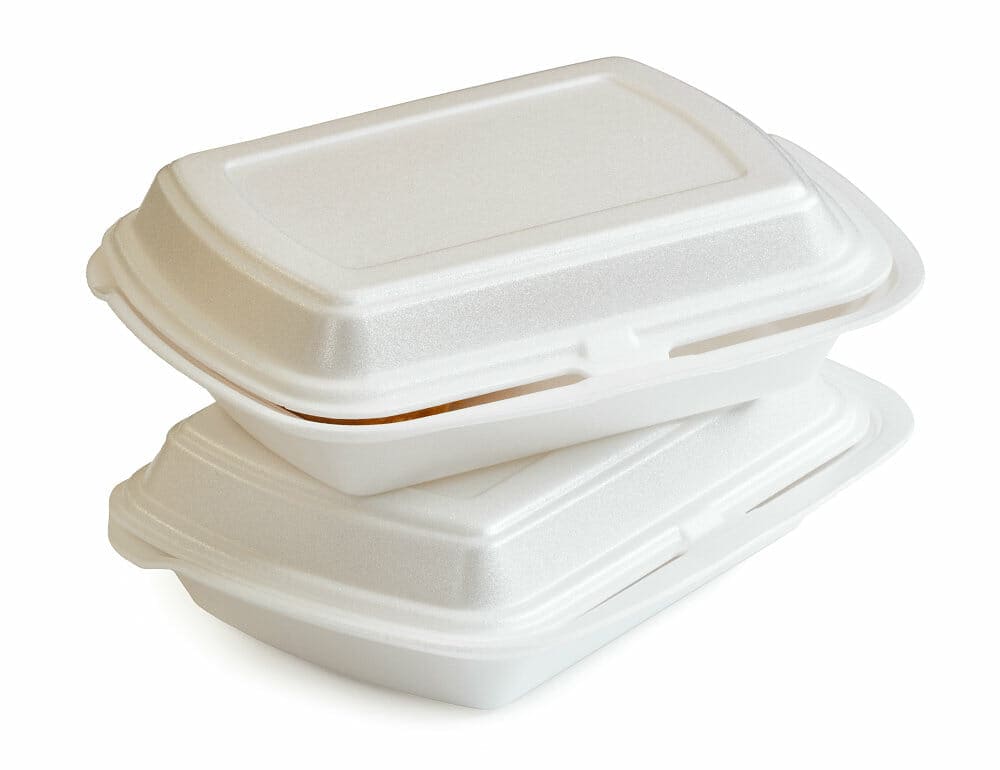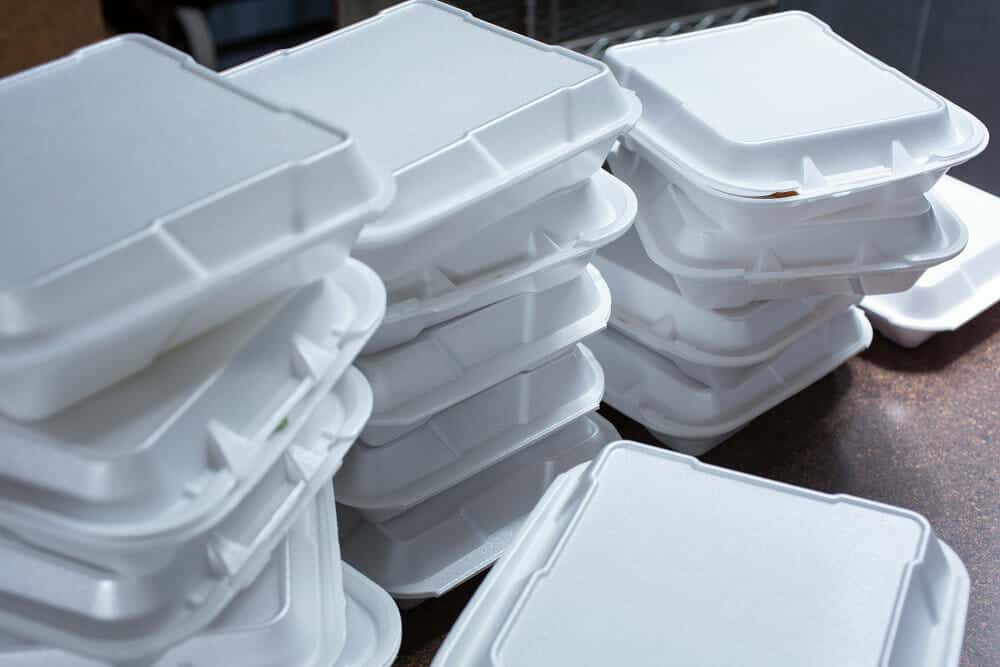Styrofoam, a common material found in food packaging and disposable cups, has been a concern for many years. People have been questioning does styrofoam cause cancer. The main chemical component of Styrofoam is styrene, which has been classified as “reasonably anticipated to be a human carcinogen” by the US National Research Council.
However, it is essential to note that the evidence regarding styrene causing cancer is limited, with alternative explanations for the results of studies on styrene exposure not being entirely excluded.
Despite the inconclusive evidence, knowing the potential risks associated with using Styrofoam products, like polystyrene food packaging, is essential. Occupational hazards, such as an increased risk of leukemia and lymphoma, have been reported for workers exposed to styrene. Moreover, styrene has been linked to nerve damage and hormonal disruption.
While research continues to explore the connection between Styrofoam and cancer, staying informed and being cautious with using Styrofoam products to minimize potential risks is advisable.
Key Takeaways

- The potential risks of styrene, the main component of Styrofoam, are still under investigation.
- Workers exposed to styrene may experience an increased risk of leukemia, lymphoma, and other health issues.
- Being cautious with Styrofoam usage, especially in food preparation, can help minimize potential health risks.
Styrofoam and Cancer Risk
Styrene Exposure
Styrofoam is a polystyrene foam containing a chemical compound called styrene. Prolonged exposure to styrene may lead to some adverse health effects. According to the National Toxicology Program, it has been classified as a possible human carcinogen. This is due to its possible link to leukemia and lymphoma in those who have experienced occupational exposure to the chemical.
Human Carcinogen
The International Agency for Research on Cancer, a part of the World Health Organization, has also classified styrene as a Group 2B carcinogen. According to their national toxicology program, acrylonitrile butadiene styrene, a main component of styrofoam, is possibly carcinogenic to humans, leading to cancer formation.
This classification is based on limited evidence of carcinogenicity in humans and sufficient evidence in experimental animals, such as rats. During studies, the rats developed liver and nasal tumors after styrene exposure.
Although the evidence is limited, it is still essential for you to minimize your exposure to styrene and choose alternative materials when possible. For instance, using glassware or other containers can help reduce your risk of styrene-related health issues.
By staying informed about Styrofoam and its potential health risks, you can make better choices to protect your health.
Styrofoam Usage and Health Concerns

Foam Cups, Plates, and Containers
Styrofoam, also known as polystyrene, is a popular material used in various food packaging products like polystyrene cups, plates, and containers. It is lightweight, affordable, and insulates beverages and food well.
However, some potential health concerns are associated with using Styrofoam for food packaging. Tiny amounts of styrene, the chemical building block of Styrofoam, may remain in the packaging and can migrate into food and beverages in limited quantities source.
Also, styrene is recognized as a possible carcinogen by the Department of Health and Human Services and the International Agency for Research on Cancer source.
Exposure to styrene may irritate the skin, eyes, upper respiratory tract, and gastrointestinal tract. Moreover, styrene has been linked to nerve damage and hormonal disruption source.
When considering your options for food packaging, it’s essential to be aware of these potential health risks associated with styrofoam products. Alternatives like paper or ceramic containers can be more eco-friendly and reduce your exposure to styrene.
Microwaving Styrofoam
Microwaving Styrofoam can further increase the risk of styrene migration. The heat from the microwave may cause the Styrofoam to degrade and release more styrene into your food and drink.

Although the amount of styrene released in this process is generally considered minimal, caution is advised when microwaving polystyrene plastics or styrofoam coffee cups.
To minimize carcinogenic risks, avoiding styrofoam containers and cups when heating your food or drink in a microwave is best. Opt for microwave-safe alternatives like glass or ceramic containers instead.
By doing so, you not only reduce any potential health risks associated with Styrofoam but also contribute to a more sustainable and eco-friendly lifestyle.
Research and Studies
Animal Studies
In animal studies conducted by various scientists, there has been evidence that styrene, the primary component of Styrofoam, can have carcinogenic effects. However, the National Institutes of Health (NIH) states that the evidence for styrene causing human cancer remains limited.
Alternative Explanations
Although the evidence for styrene causing cancer is limited, it’s essential to consider the potential risks associated with styrofoam exposure in occupational settings.
Some studies have shown an increased risk for lymphohematopoietic cancers, such as leukemia and lymphoma, and genetic damage in white blood cells of workers exposed to styrene.
However, these cases are specific to occupational settings and may not apply to everyday styrofoam use (source).
Throughout your research, it’s vital to maintain a neutral and fact-based perspective to understand the current state of knowledge about Styrofoam and its potential health effects. Always stay informed and review new evidence as it becomes available.
Frequently Asked Questions
Can polystyrene release harmful substances when heated?
Does styrene pose a risk for lymphohematopoietic cancer?
What level of styrene exposure is considered dangerous?
Are styrofoam containers safe for hot and cold drinks?
What is the connection between Styrofoam and carcinogens?
Is cooking in plastic bags linked to cancer?
Conclusion

In summary, while there isn’t concrete evidence proving that Styrofoam directly causes cancer, it is essential to exercise caution when using polystyrene containers for packaging foods. This will help minimize any potential risks associated with styrene exposure, providing a safer dining experience.
Become Our Customer Today
Our company runs a reinforced plastics industry that sells plastic products made from the best eco-friendly and industrial methods to preserve public health. You can contact us to learn more about ordering our safer products in bulk or message us to ask more questions. You can reach us via the customer contact form on our website.
